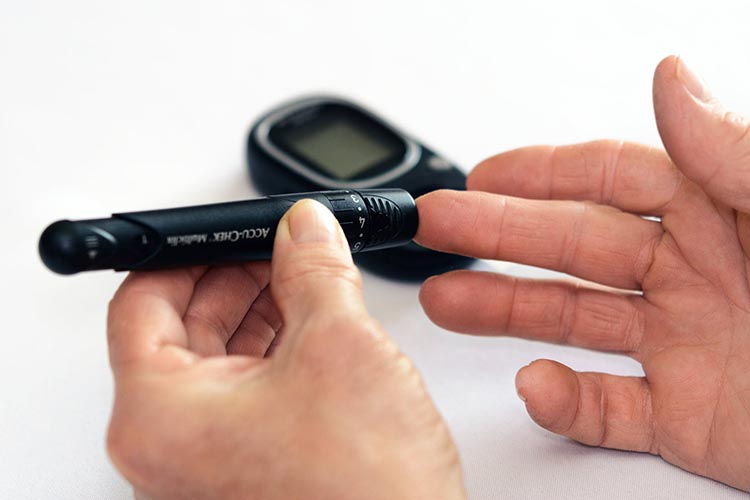Diabetic ketoacidosis is a life-threatening type of diabetes complication. Although this is usually common in people with Type 1 Diabetes, diabetic ketoacidosis can also occur in people with Type 2 Diabetes. The symptoms will usually start rapidly and can be further triggered by stroke, infection, not getting enough insulin, and the use of medications like steroids. Here is everything you need to know about Diabetic Ketoacidosis.
1. Causes
Some of the most common causes of diabetic ketoacidosis are underlying infections, undiagnosed diabetes, and disruption of insulin treatment. Sometimes, the causes are categorized according to the subtypes of diabetes. In type 1 diabetes, the usual causes are poor insulin compliance, insulin deficiency, bacterial infection, and stress.
On the other hand, the diabetic ketoacidosis on people with type 2 diabetes will usually occur alongside other conditions, such as urinary tract infection, pneumonia, heart attack, and prostatitis. Sometimes, it can occur as a result of certain diabetes medications, such as corticosteroids and clozapine. Diabetic ketoacidosis can also happen in pregnant women who were diagnosed with gestational diabetes or those with pre-existing diabetes.





